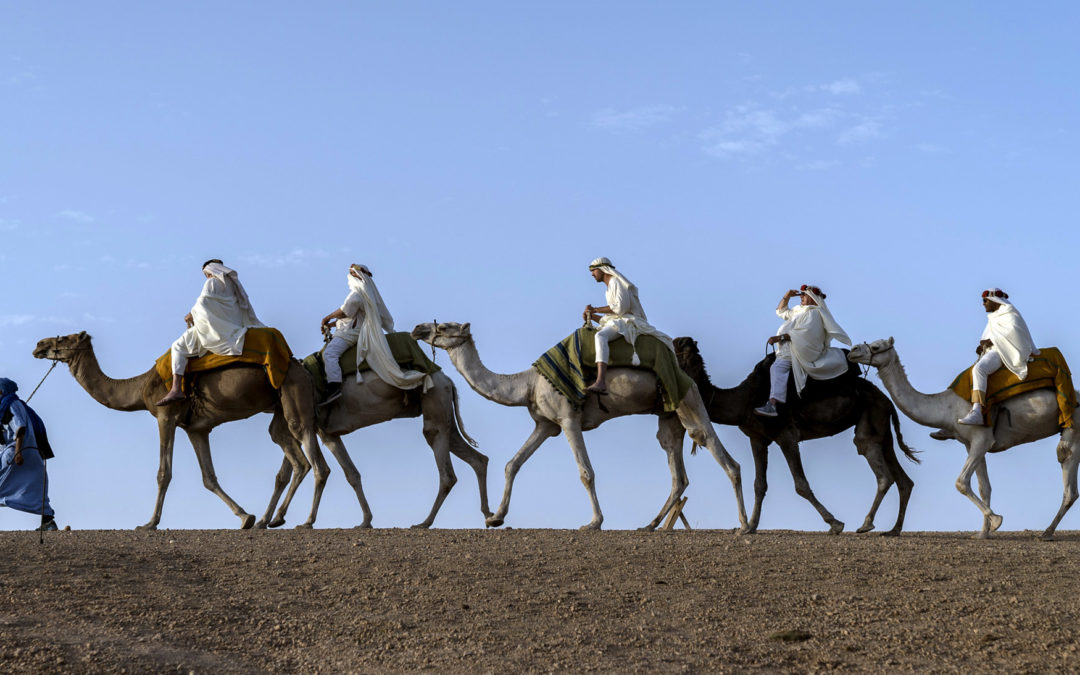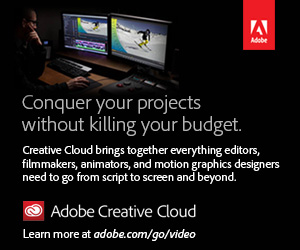Fremont, CA – February 15, 2018 – Blackmagic Design today announced that Director of Photography David Ortkiese used Micro Cinema Cameras and Video Assist 4K monitor/recorders to capture and monitor in-vehicle and exterior camera shots for season two of NBC’s hit series “Better Late Than Never.”
The show follows five globe-trotting stars – Henry Winkler, William Shatner, George Foreman, Terry Bradshaw and comedian Jeff Dye – as they set off on a wildly entertaining journey to Munich, Berlin, Lithuania, Sweden, Barcelona, Madrid and Morocco. Due to the show’s focus on travel, Ortkiese and his team required small form factor cameras that were easy to transport and mount, but that delivered a cinematic look.
“There were several factors that went into using the Micro Cinema Cameras,” noted Ortkiese. “Along with in-vehicle coverage, we wanted something that could dynamically capture car chases at 130 mph. We also wanted a camera that would match cinematically, and the Micro Cinema Camera does just that with its ability to shoot in 12-bit RAW cinema DNG and its 13 stops of dynamic range. Lastly, having an interchangeable lens mount gave us the creative flexibility to use the lenses we wanted, allowing us to get the coverage we wanted without sacrificing quality or image continuity.”
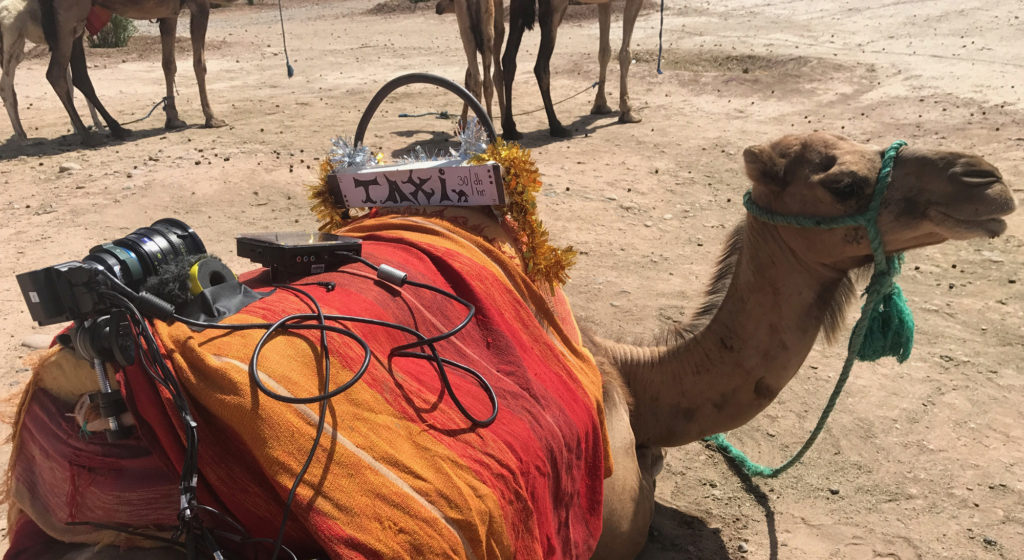
The Micro Cinema Cameras’ 12-bit RAW and dynamic range were also beneficial for the variety of shoot locations. “We would start out driving in a field and end up in a forest, or drive through a tunnel or under a bridge, so we needed that dynamic range and RAW control to help match the look,” said Ortkiese. “The show itself has a color arc as it travels from mid to southern Europe and into North Africa. The terrains all have different visual color palettes, and we needed that integrated into each location and episode. Shooting in RAW helped capture and enhance all that.”
In a similar vein, as the locations changed, the types of vehicles changed too. Ortkiese and his team rigged the Micro Cinema Cameras inside and outside a variety of vehicles, from taxis to a BMW i8, as well as on a Go Kart and even a camel.
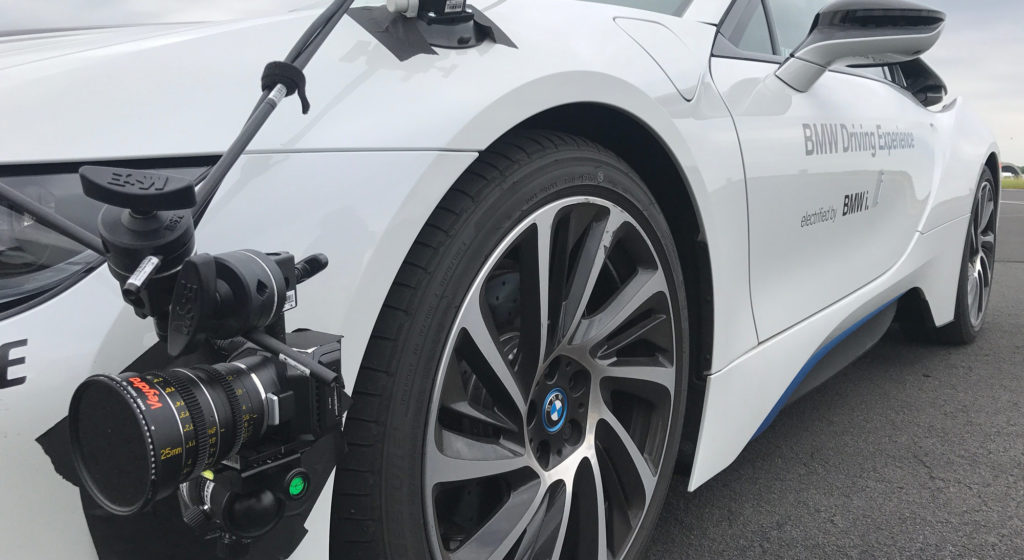
“During the BMW driving experience, we wanted to chase a race car, so we mounted a Micro Cinema Camera to the front bumper of a BMW i8, as well as to the follow car, and chased the BMW at 130 mph around the racetrack. The footage came out fantastic,” explained Ortkiese. “In Morocco, we also strapped Micro Cinema Cameras to the front and back of a Go Kart driving at 60 mph, which is naturally going to be shaky because of the lack of suspension. The camera’s high refresh rate helped with image stability and overall, it eliminates any other sports camera on the market.”
Additional mounts included B roll of taxis from each location. “In every country, we needed to get a point-of-view driving shot on top of a taxi, looking over the sign on the roof. The only exception was in North Africa where we used a camel instead,” noted Ortkiese. “One of our camera operators was tasked with capturing these shots, so he would grab a Micro Cinema Camera, find a taxi, or a camel, rig the camera and drive around for 45 minutes. It was very ‘grab and go’ in that respect, and the biggest thing about these small cameras is that you don’t have to use a ton of rigging, which lets you be more efficient, creative and organic while shooting.”
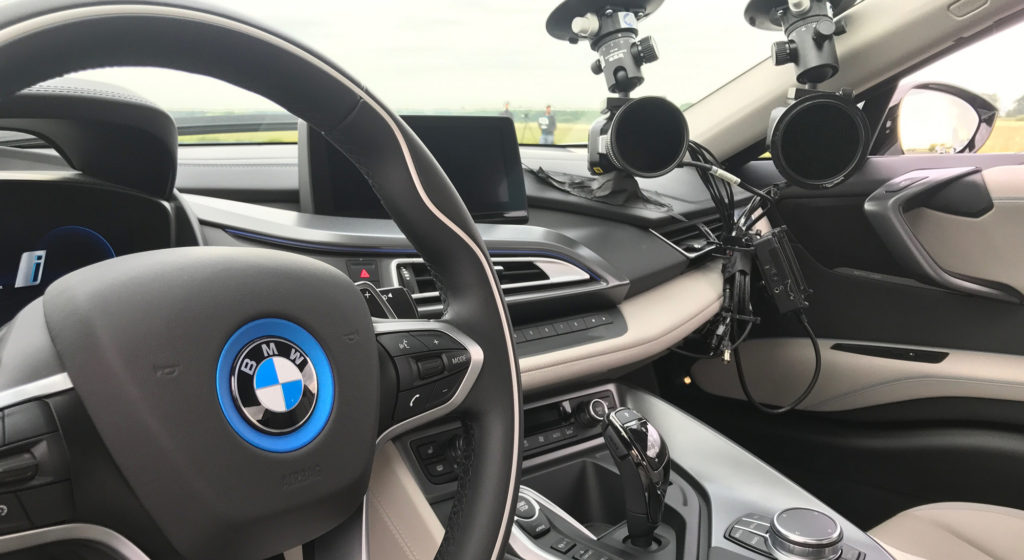
“The show definitely has a comedic element, and with comedy, you can’t get too frustrated with changes in the creative; you have to go with the flow,” he added. “Having a tool like the Micro Cinema Cameras on set helped as it allowed us to seamlessly incorporate them into a scene and capture spur of the moment content. For example, totally impromptu, we attached one to a fake bull head, shooting through its horns for a special chase shot.”
Ortkiese concluded, “We have some unbelievable footage because of the Micro Cinema Cameras, including important and stylistic action shots. Such a little action camera with 12-bit RAW and interchangeable lenses make it a step above many other small action cameras, giving us the ability to control and match footage in extreme environments.”
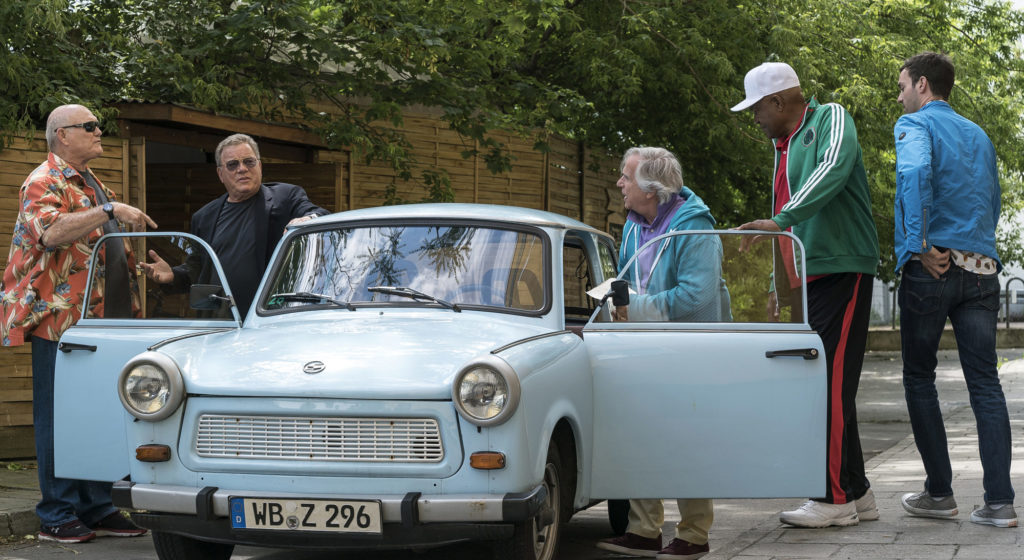
About Blackmagic Design
Blackmagic Design creates the world’s highest quality video editing products, digital film cameras, color correctors, video converters, video monitoring, routers, live production switchers, disk recorders, waveform monitors and real time film scanners for the feature film, post production and television broadcast industries. Blackmagic Design’s DeckLink capture cards launched a revolution in quality and affordability in post production, while the company’s Emmy™ award winning DaVinci color correction products have dominated the television and film industry since 1984. Blackmagic Design continues ground breaking innovations including 6G-SDI and 12G-SDI products and stereoscopic 3D and Ultra HD workflows. Founded by world leading post production editors and engineers, Blackmagic Design has offices in the USA, UK, Japan, Singapore and Australia. For more information, please go to www.blackmagicdesign.com

